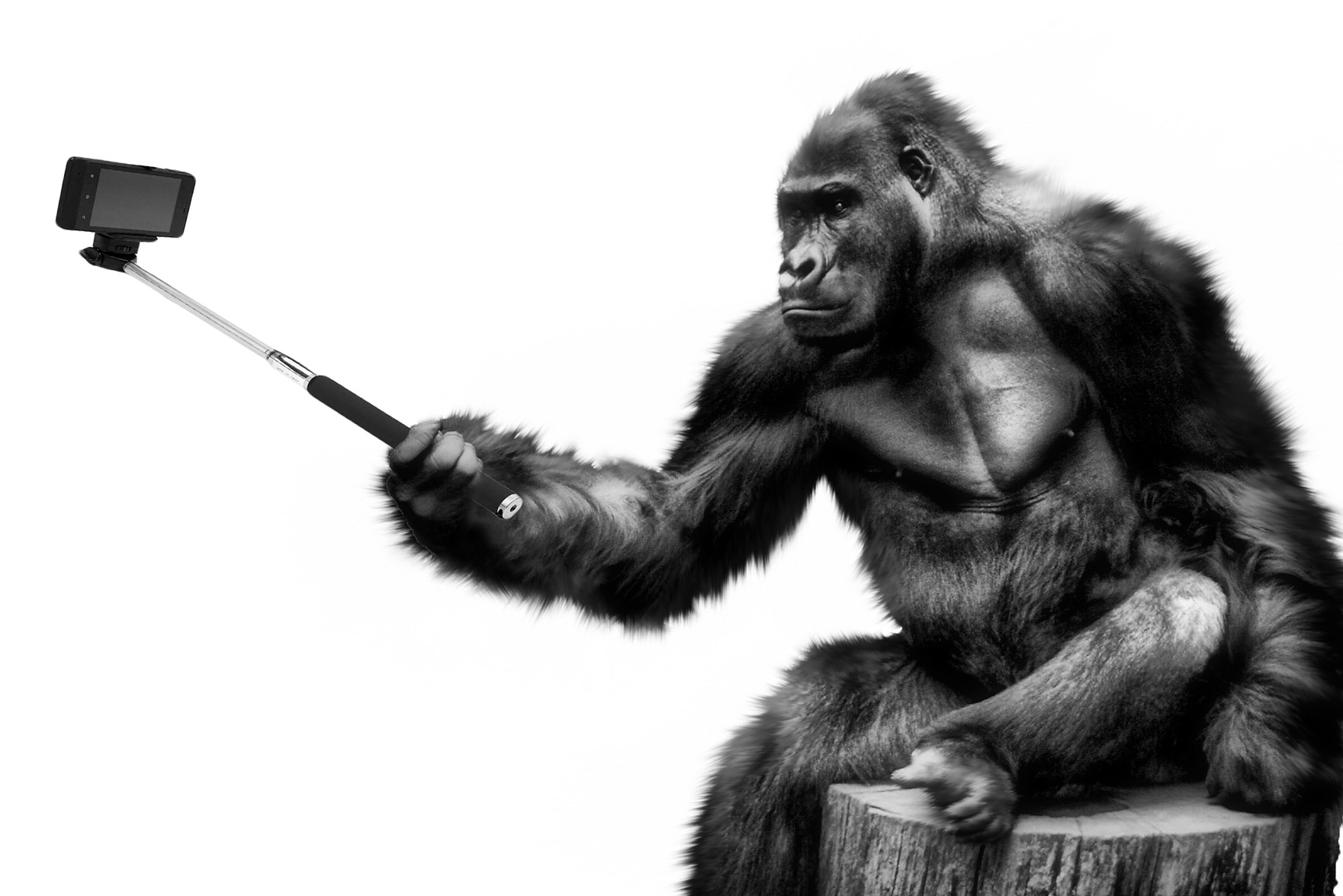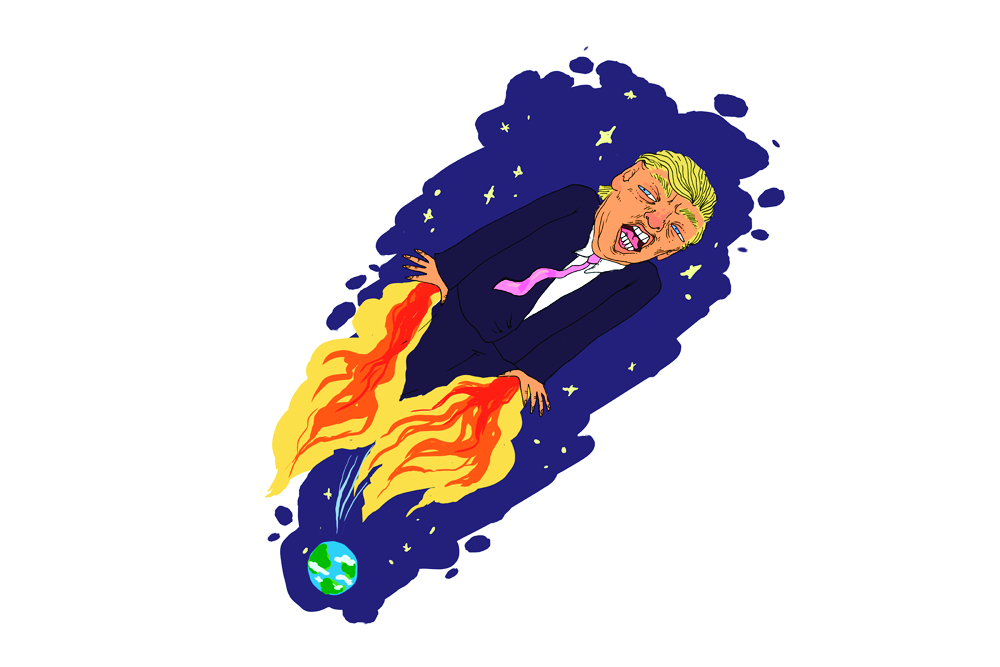I would like to preface this piece with an anecdote.
Several weeks ago I saw the band, And So I Watch You From Afar, play a show at the Analog Theater. During the band’s set, a member of the audience held up a small digital camera mounted on a selfie stick. It was a proud, shining thing that caught the lights from the stage and gleamed high above the crowd. The camera was lifted as a sort of totem to our digital culture; the selfie stick, its flag pole.
It bobbed up and down periodically throughout the evening, resembling one of those giant foam fingers one sees at sporting events, or perhaps a tiny boat adrift on the open sea. All was well until a mosh pit opened up somewhere behind him in the crowd. It built steadily, gaining strength and speed, like a tropical storm or a hurricane. It appeared to be a Category 5 mosh pit, from what I could tell, and it was moving fast. I watched in abject horror as the whirling mass of bodies and flailing limbs came closer to where he stood. The tiny mounted digital camera, until this point serenely bobbing undisturbed above the crowd, was pulled into the vortex, swirling around in a counter-clockwise motion toward the center. Then it was gone. I saw no trace of neither the camera nor its owner for the rest of the evening. For all I know, they are gone for good.
While it may be tempting to dismiss this scene as an example of divine justice, in which supernatural forces came together in the form of a mosh pit to punish the concertgoer for bringing a selfie stick to a rock show, I feel there are more pressing issues at hand. For instance: What purpose do these selfie sticks serve in our society? Was this an isolated incident or a symptom of a larger social trend? And is this the next step in human evolution, i.e., becoming cyborgs through technological prosthesis? (I’m looking at you, Bluetooth earpiece users.) Or is it more like an invasive species that can be remedied with fly swatters and pesticides?
While no one would dispute that selfie sticks have become a pestilence upon the land, the exact nature of them remains obscure. What we know for certain is that they have been appearing more and more in public places where they are not wanted. Disney has recently confirmed a park-wide ban on selfie sticks. Museums and concert venues have banned them outright. It would appear the selfie stick has been roundly condemned by society. And yet there are an estimated 90 million selfies on Instagram right now. Recent statistics show that over 50 percent of male college students and 77 percent of female college students share selfies on Snapchat.
To take these statistics seriously would be to say that the selfie has become, for better or worse, a natural part of our culture. And if this is true, then the stick on which the camera is mounted is merely an extension of it. This would appear to shift the selfie stick away from the invasive species category and more toward the technological prosthesis category, similar to RoboCop.
However, I would like to consider a third option.
Perhaps future historians will one day comb through our digital archives and attempt to reconstruct the pieces of our civilization to determine what life was like in the 21st century. They will see our duck faces and strange overhead angles. They will examine the selfies we have left behind, the clues to who we were and what we were doing here. In this way, the selfie may be the cave paintings of the future. Our collection of duck faces and dick pics will outlast us.
And so the selfie stick may be a sort of paint brush that will tell our story, whatever that may be. Anthropologists of the distant future will no doubt wish to closely examine, for posterity, the exact moment civilization spiraled into terminal decline from which it would never recover. And the selfies will be there with (some admittedly compelling) answers. So think carefully about your next duck face, your next dick pic. Perhaps we should all take some time to think about how our cultural moment may be commemorated in the Smithsonian of the distant future.
Then again, maybe not.







it’s an extension of the arm, not the camera. have you never seen someone spot a member of a couple / group / family taking a group shot, and offer to take a photo of the whole group including the photog, and have the group be all ‘oh wow thanks’ bc it solves the problem of one person not being able to be in the photo?
selfie sticks solved that problem. you can put a camera on an extension of your arm that can be held far enough back to get your whole body in a photo without a mirror, or with a larger amount of the background, or with all your friends / family / co-conspirators, etc
anyways a hundred years ago the trumps of the world would pose for weeks at a time while painters took their selfies for them at great expense – the vitriol our culture reserves for teen girls forms of self-expression are //really transparent//